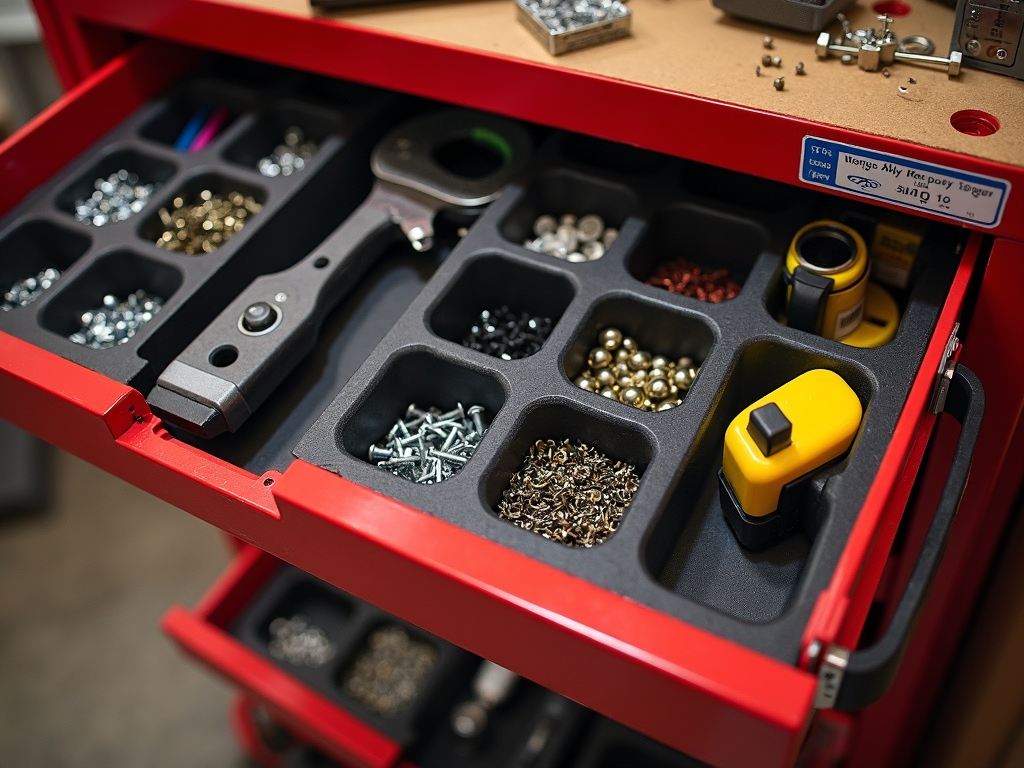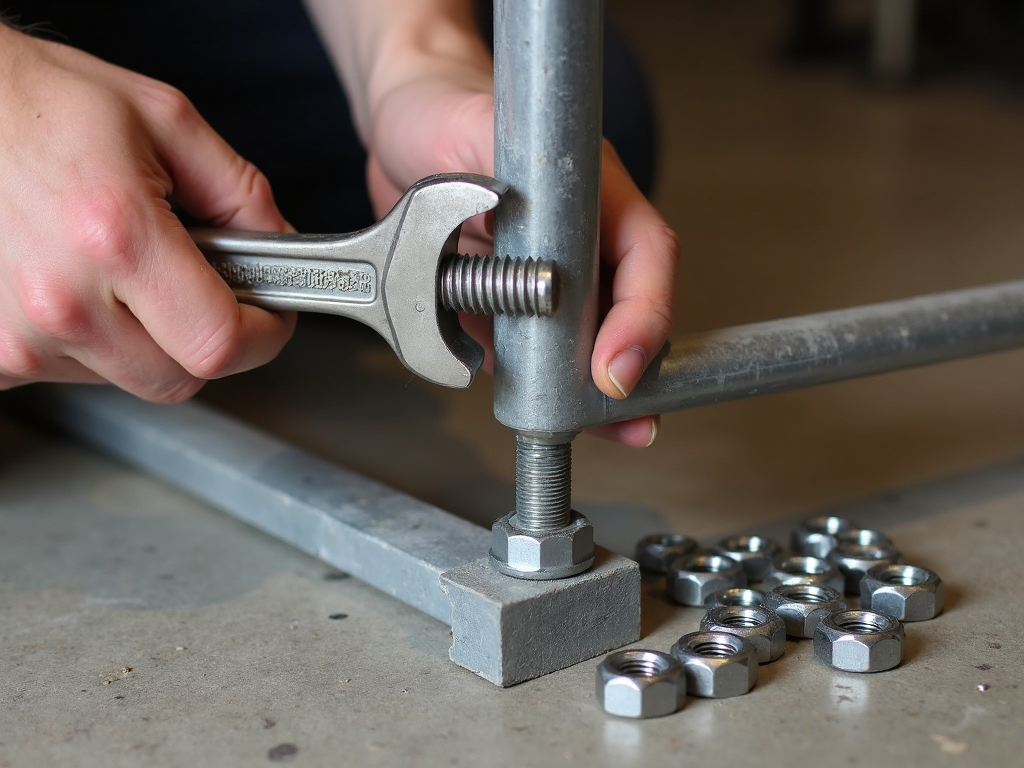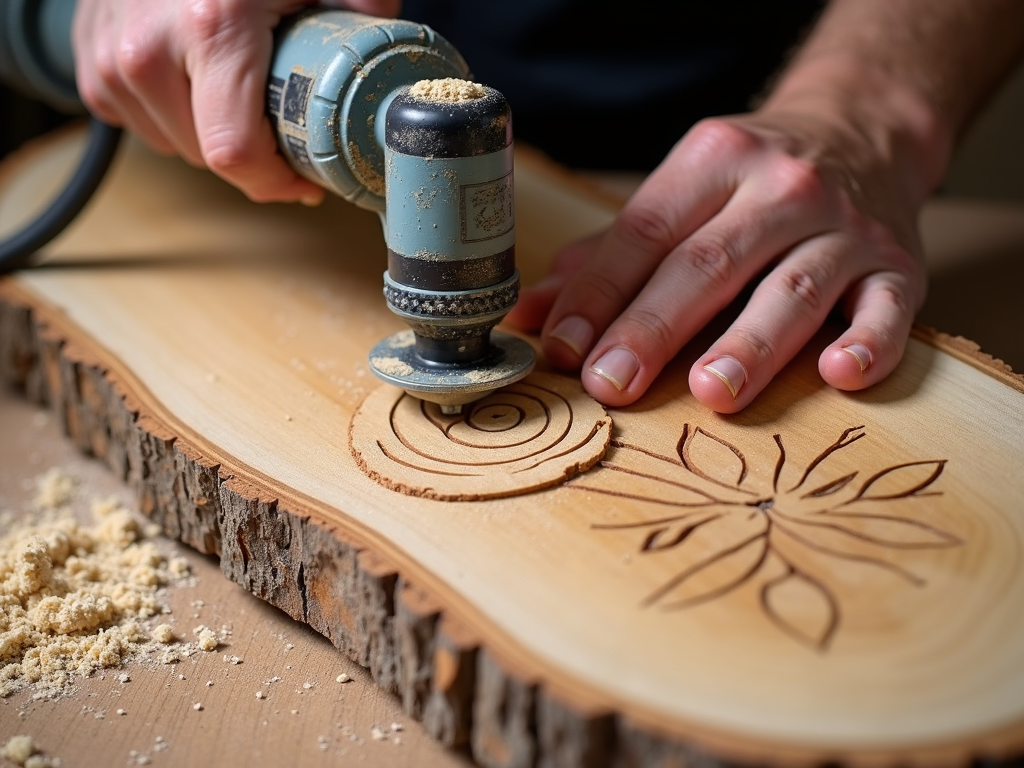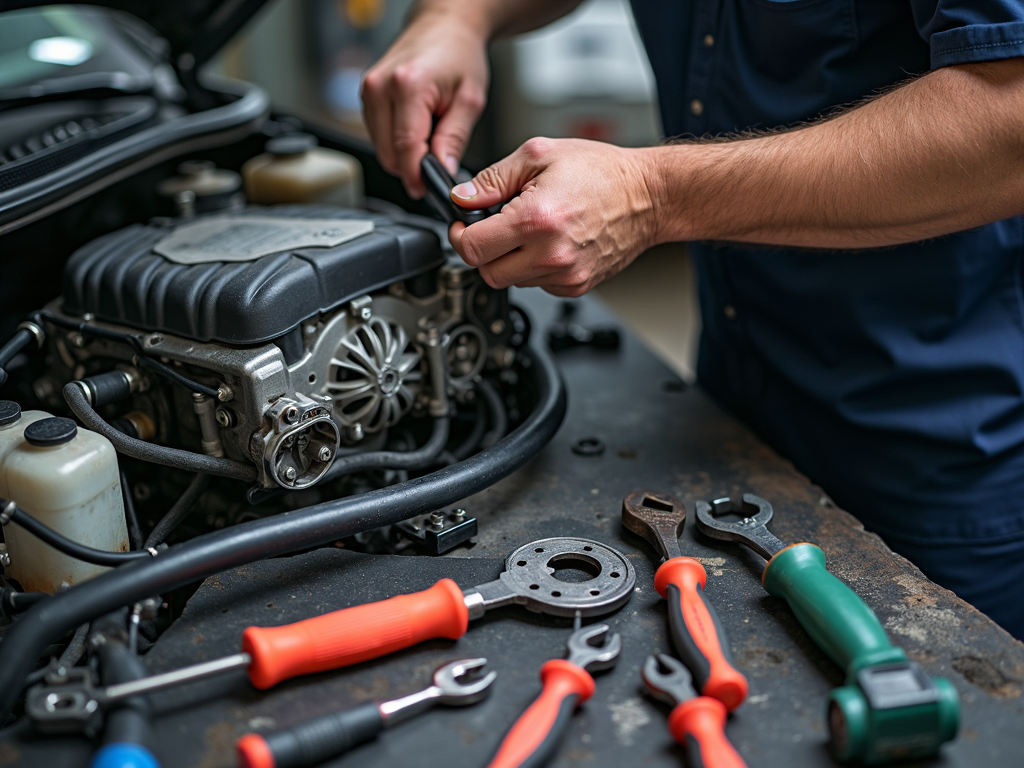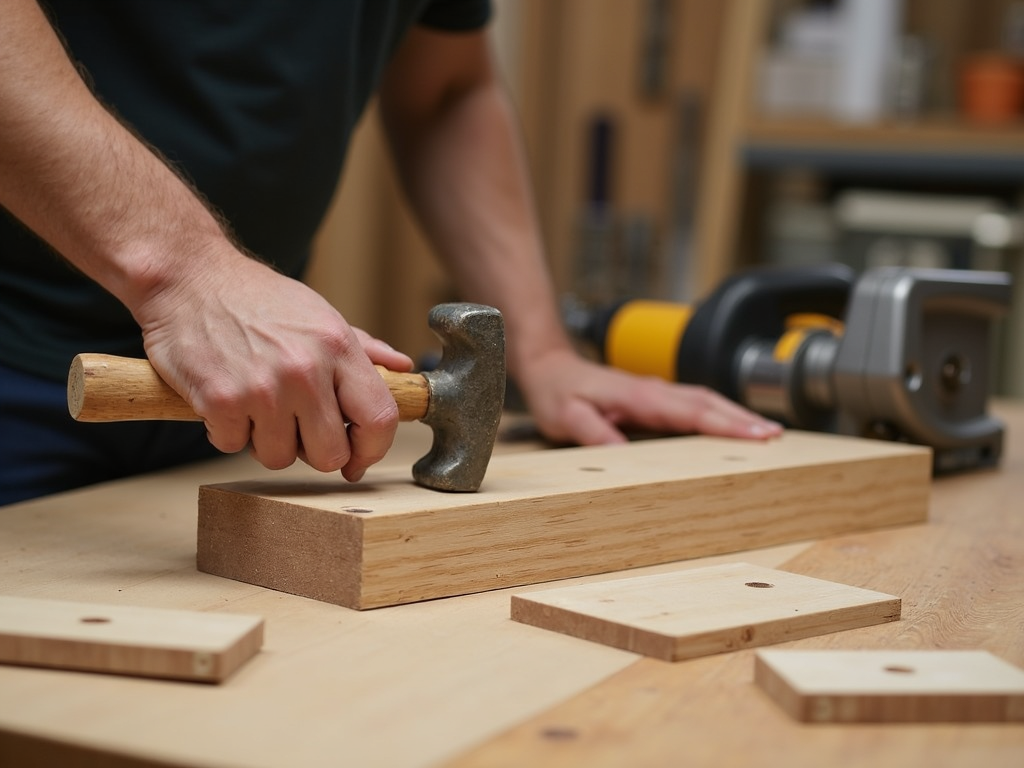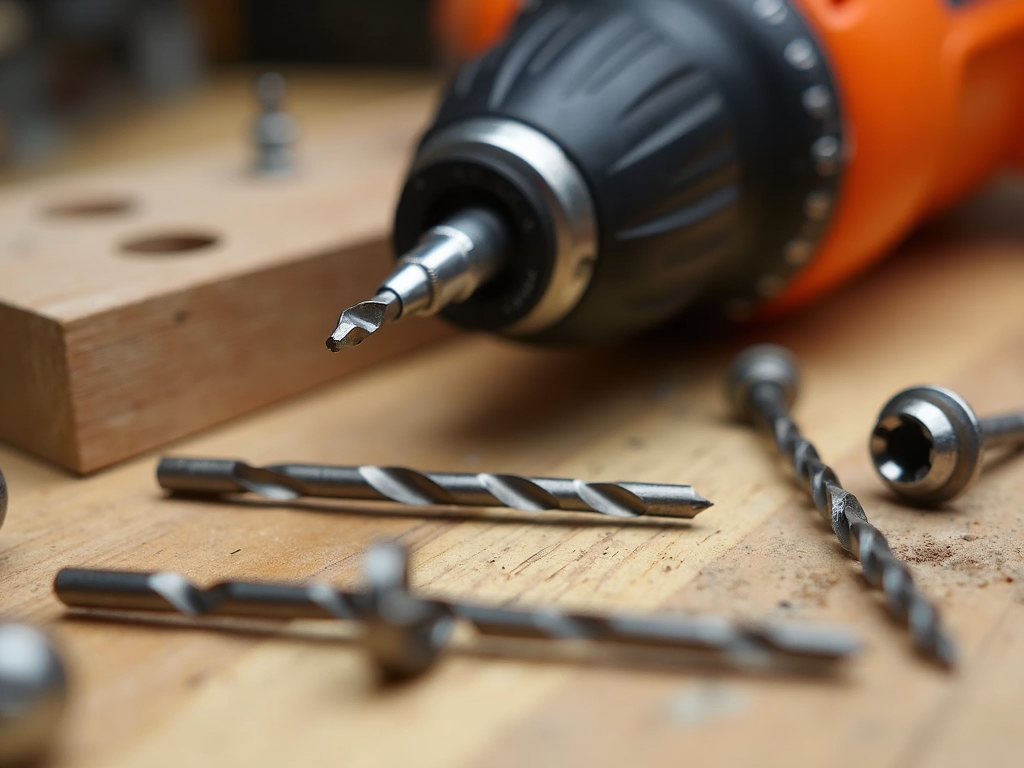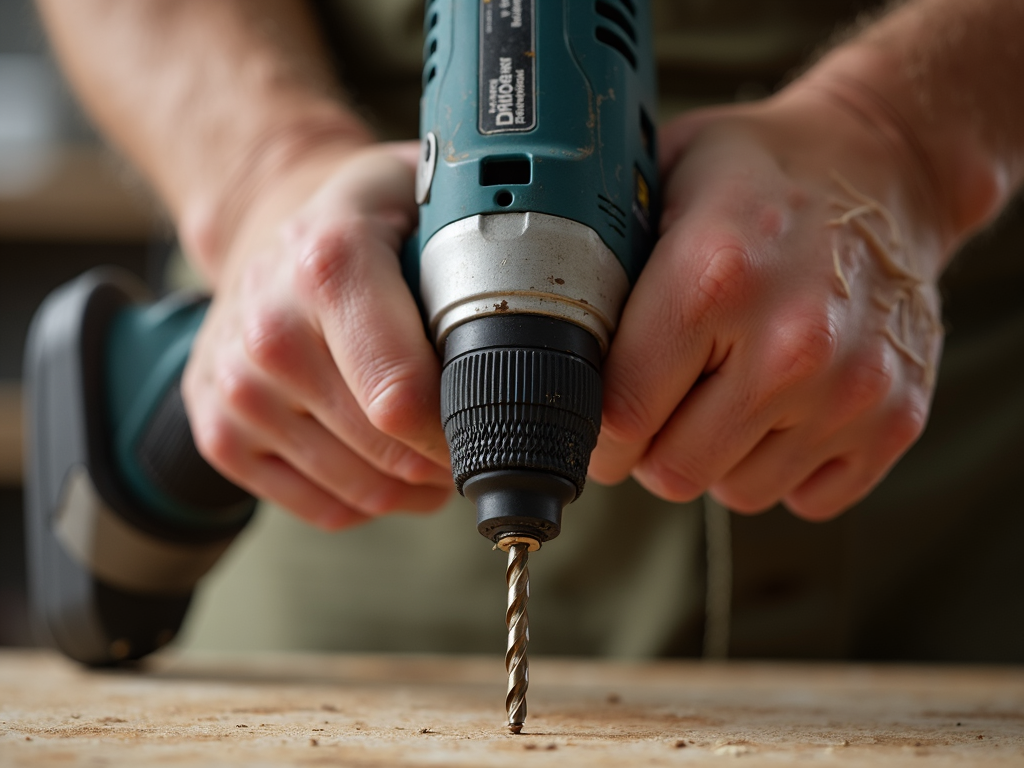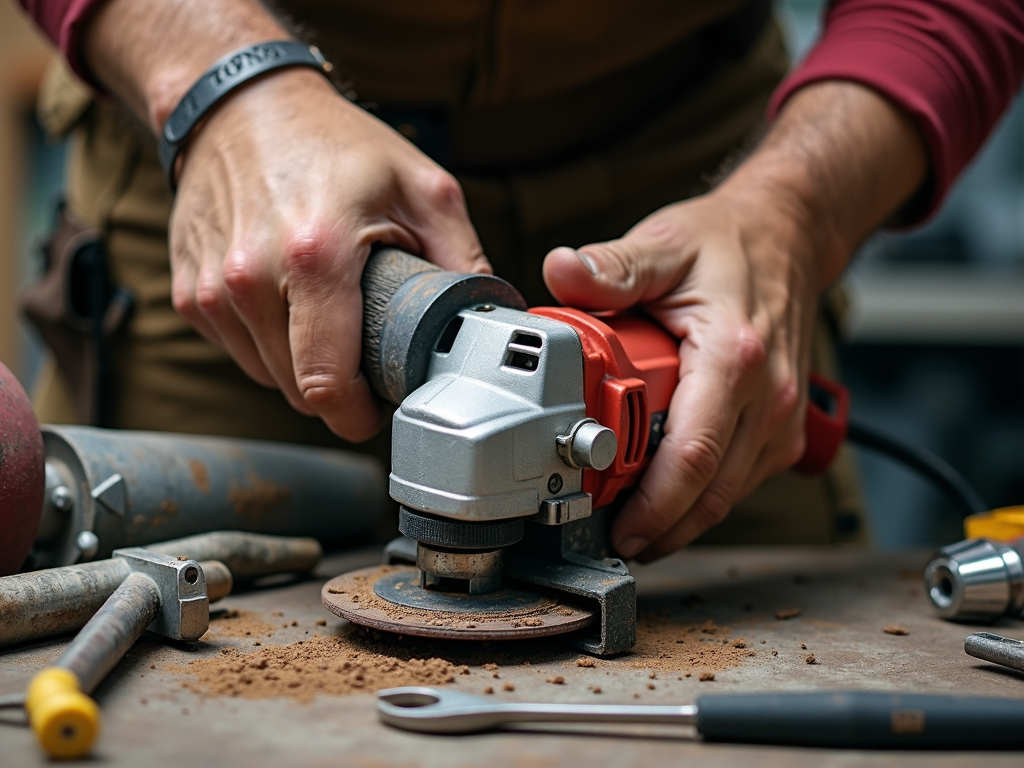Metal forming is an art that blends skill, precision, and the right tools. Whether you’re new to the craft or have years of experience, mastering metal forming opens up endless creative possibilities. This guide covers essential techniques and tools to help you create impressive metal pieces.
Let’s start with the basics. Metal forming involves shaping metal into useful or decorative items. It’s been around for centuries, from blacksmiths forging swords to modern craftsmen building custom parts. Today, we’ll explore both old-school and new methods to help you get started or improve your skills.
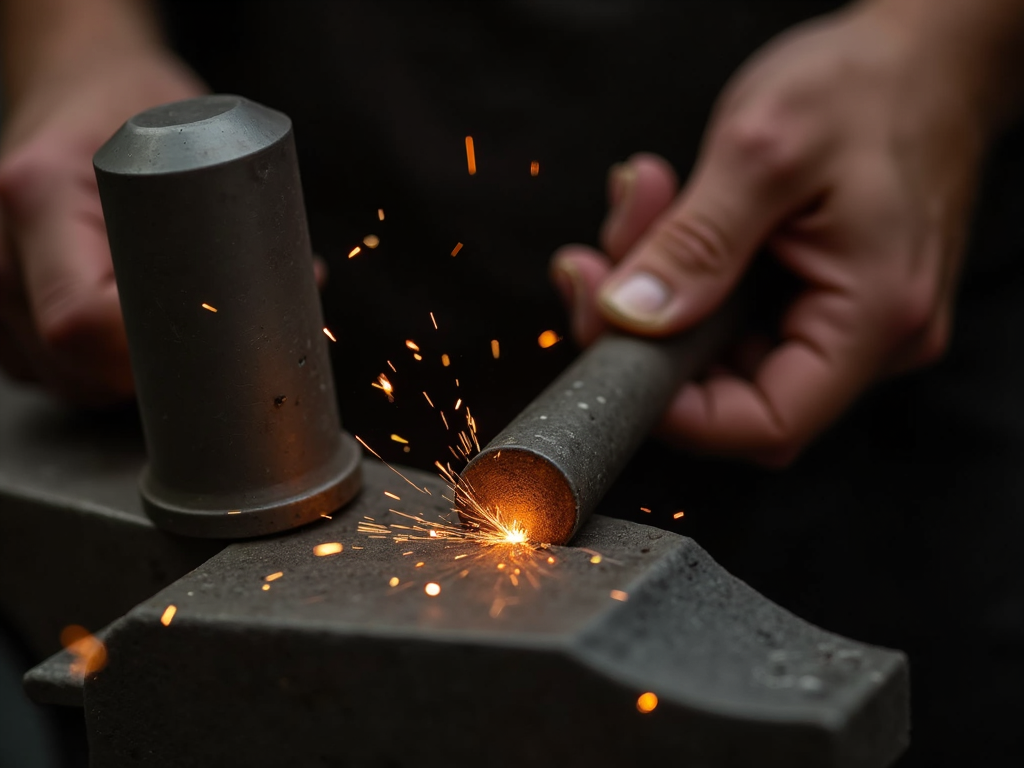
Hammering: The Heart of Metal Forming
Hammering is one of the oldest techniques in metal forming. You strike the metal with a hammer to mold it into shape. It sounds simple, but it takes practice. I’ve spent hours at the anvil, learning how each hit changes the metal. Too hard, and you dent it. Too soft, and nothing happens.
Start with a ball peen hammer—it’s perfect for beginners. Hold it firmly, aim carefully, and let the weight do the work. Over time, you’ll feel the rhythm. It’s satisfying to see a flat sheet turn into a curve with just a few well-placed strikes.
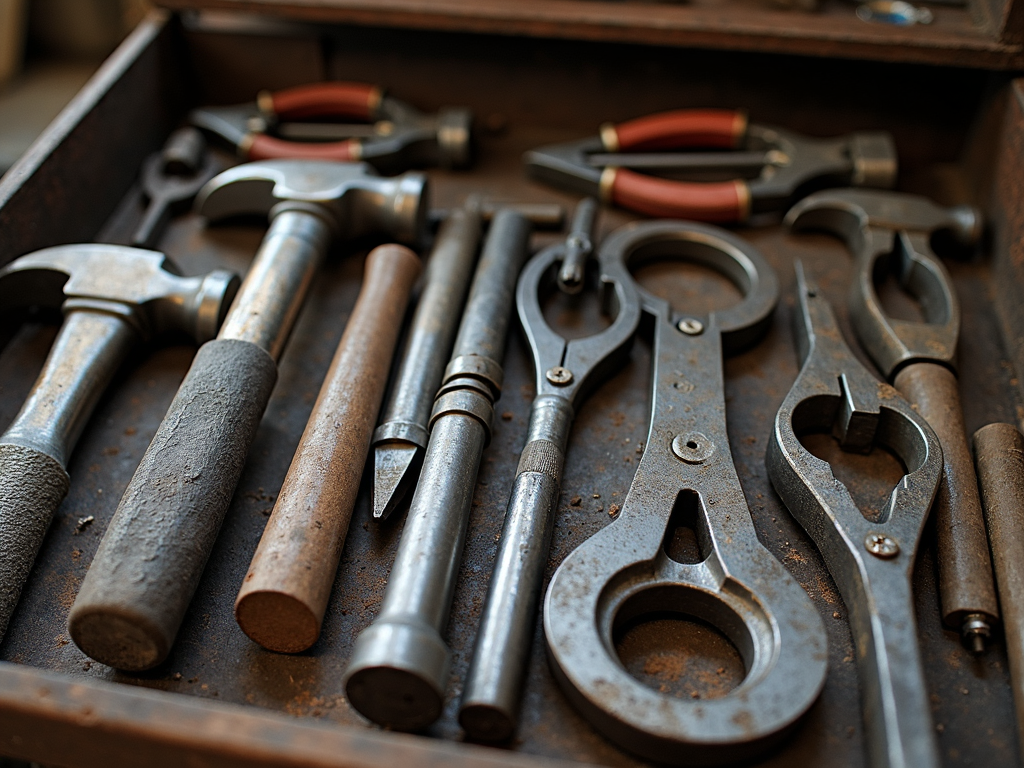
Bending Metal: Finding the Balance
Bending is another key skill. You use force to curve or angle the metal. The trick is knowing how much pressure to apply. I once snapped a thin sheet by pushing too hard—lesson learned. Use a vise or pliers for control, and go slow until you get the hang of it.
For tighter bends, heat the metal first. A small torch works wonders. Heat softens it up, making it easier to shape without breaking. Just be careful—wear gloves and keep water nearby to cool it down.
Cutting with Precision
Cutting metal is essential for trimming pieces to size. Snips are your best friend here. They’re like heavy-duty scissors designed for metal. I keep a pair in my toolbox at all times. For thicker stuff, a hacksaw does the job, but it takes more elbow grease.
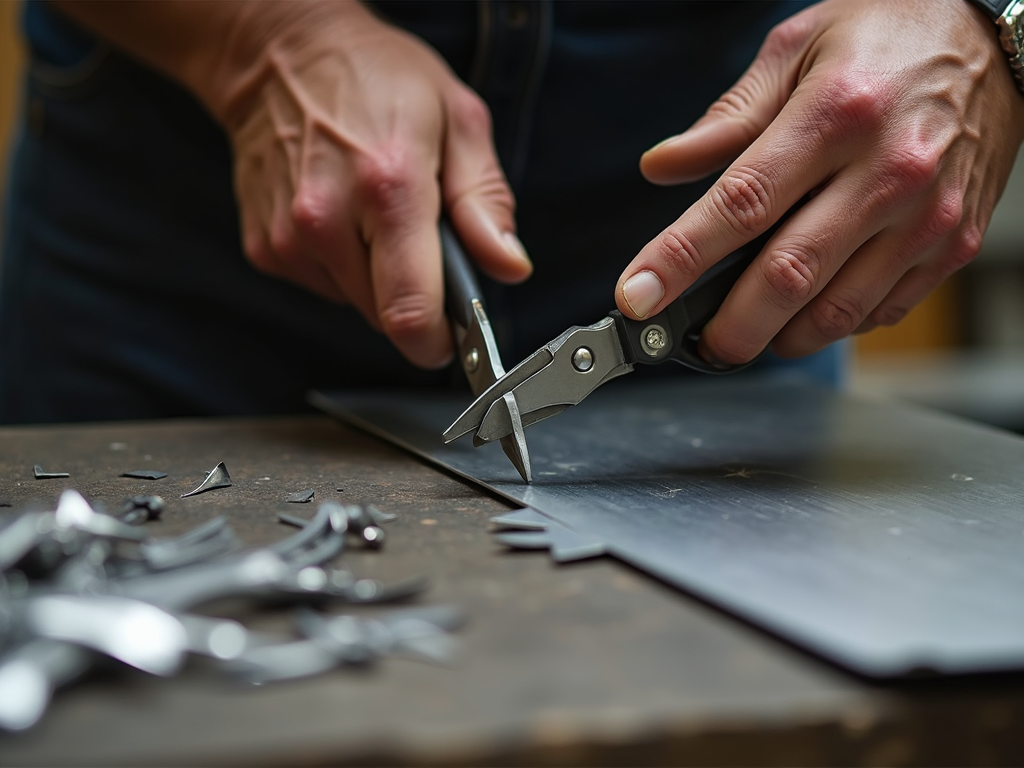
Tools You’ll Need
Having the right specialized workman tools for metalwork makes all the difference. Here’s a quick rundown of essentials:
| Tool | Use | My Tip |
|---|---|---|
| Ball Peen Hammer | Shaping and riveting | Get one with a comfy grip |
| Snips | Cutting sheet metal | Keep them sharp |
| Files | Smoothing edges | Use coarse then fine |
| Pliers | Bending and gripping | Needle-nose for precision |
A good toolbox keeps everything organized. I’ve got a sturdy metal one with compartments for each tool. It’s a game-changer on busy days—nothing slows you down like hunting for a lost file.
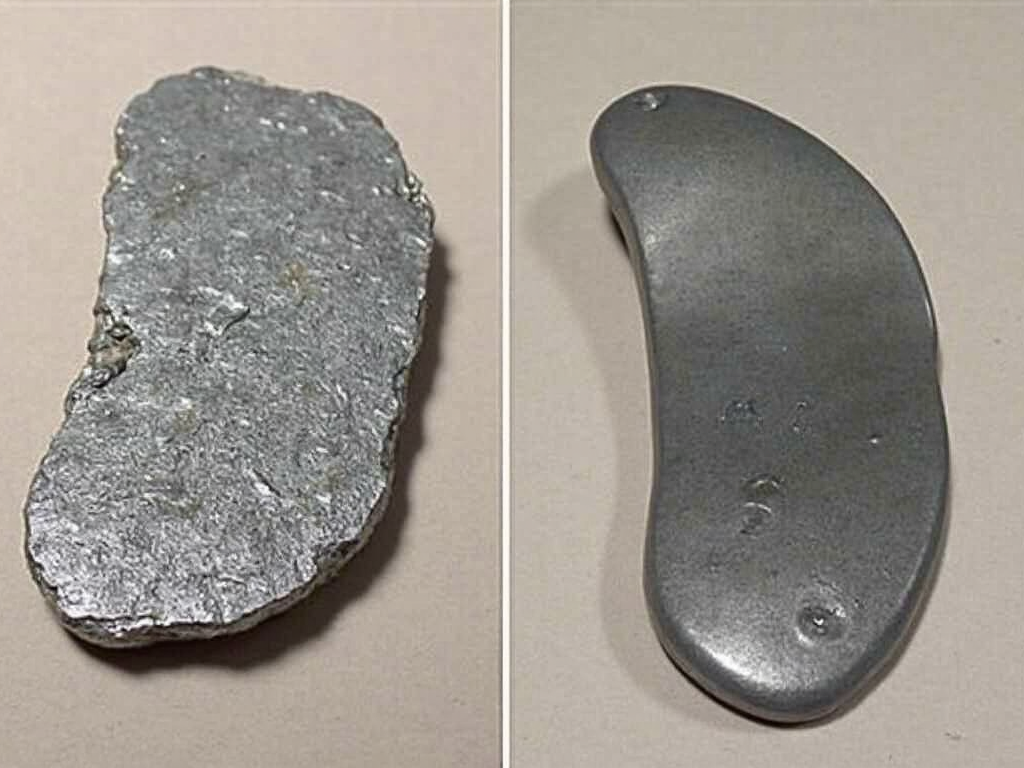
Advanced Techniques: Welding
Welding joins two metal pieces together. It’s more advanced, but worth learning. You’ll need a welding machine, helmet, and gloves for safety. I started with stick welding—it’s straightforward. The first time I fused two scraps into one solid piece, I was hooked.
Practice on scrap metal first. Keep your hands steady and move the torch evenly. It’s loud and bright, but the results are strong and clean. Check out resources like the American Welding Society for safety tips.
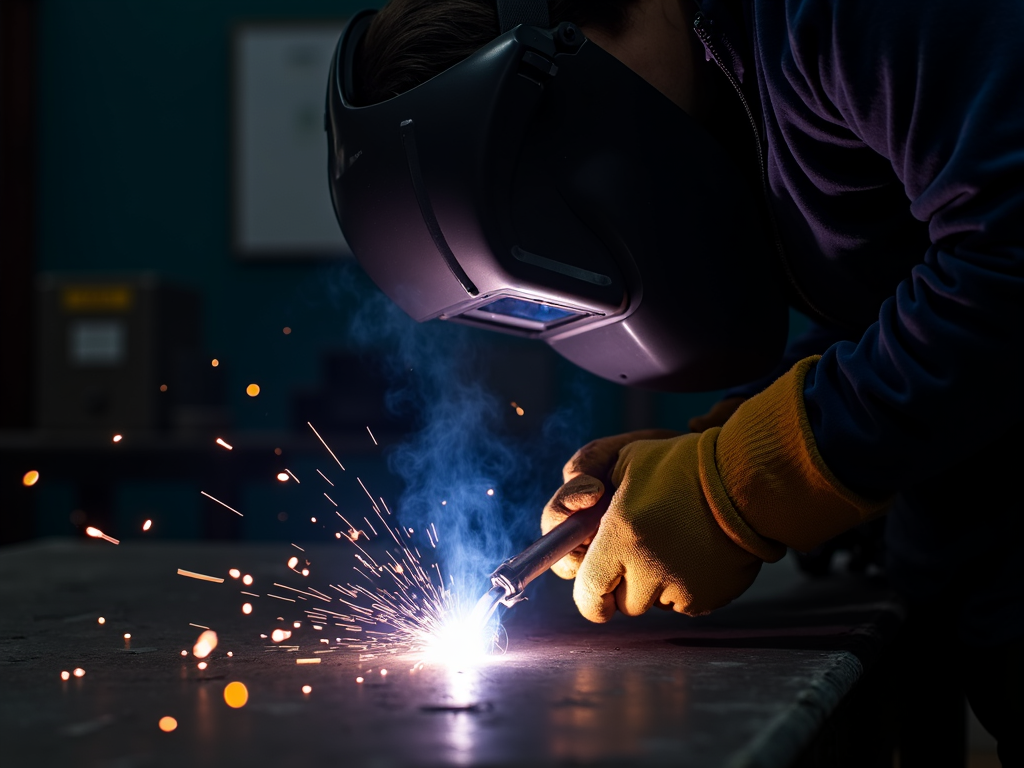
Soldering for Detail Work
Soldering is like welding’s little cousin. It uses a lower heat and a filler metal to bond pieces. I use it for small projects, like jewelry or thin sheets. A soldering iron and some flux are all you need to start.
The key is patience. Heat the metal, not just the solder, and let it flow naturally. I ruined a few pieces by rushing—now I take my time, and the joins are smooth every time.
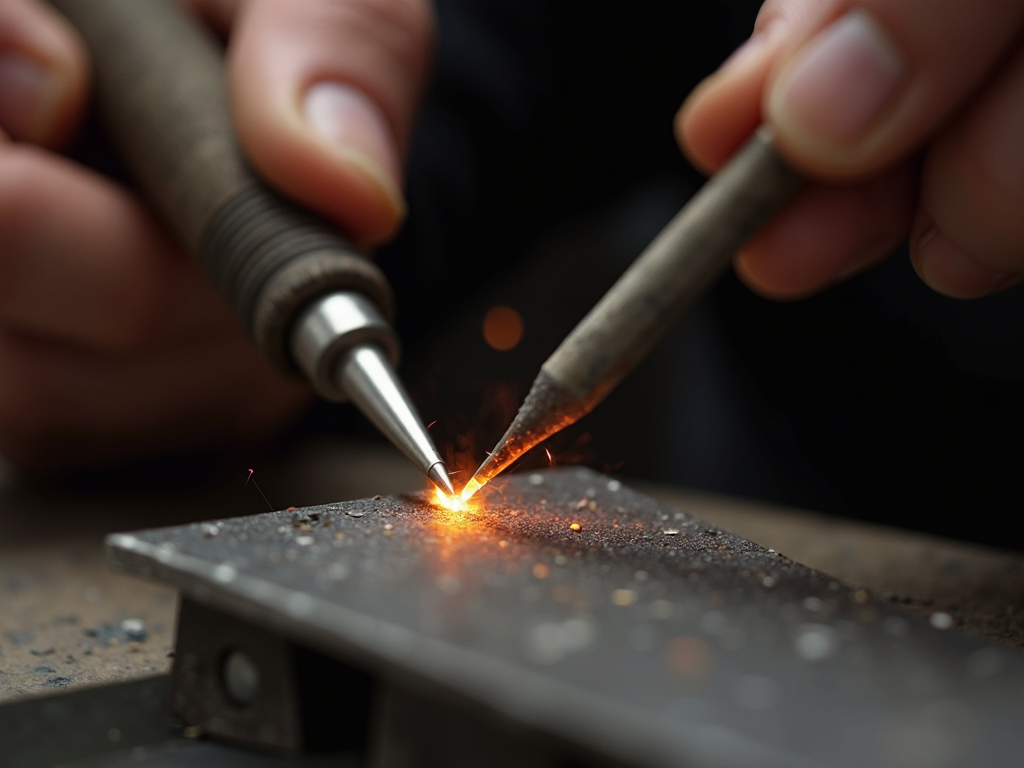
Tips for Success
Mastering Mastering Metal Forming: Techniques and Tools takes practice. Start small—a simple bracket or a decorative hook. Work your way up to bigger projects. Keep your workman tools sharp and clean; dull tools make sloppy cuts.
Don’t skip safety. Wear goggles, gloves, and a mask when cutting or welding. I’ve dodged a few sparks over the years—better safe than sorry. And always work in a ventilated space.
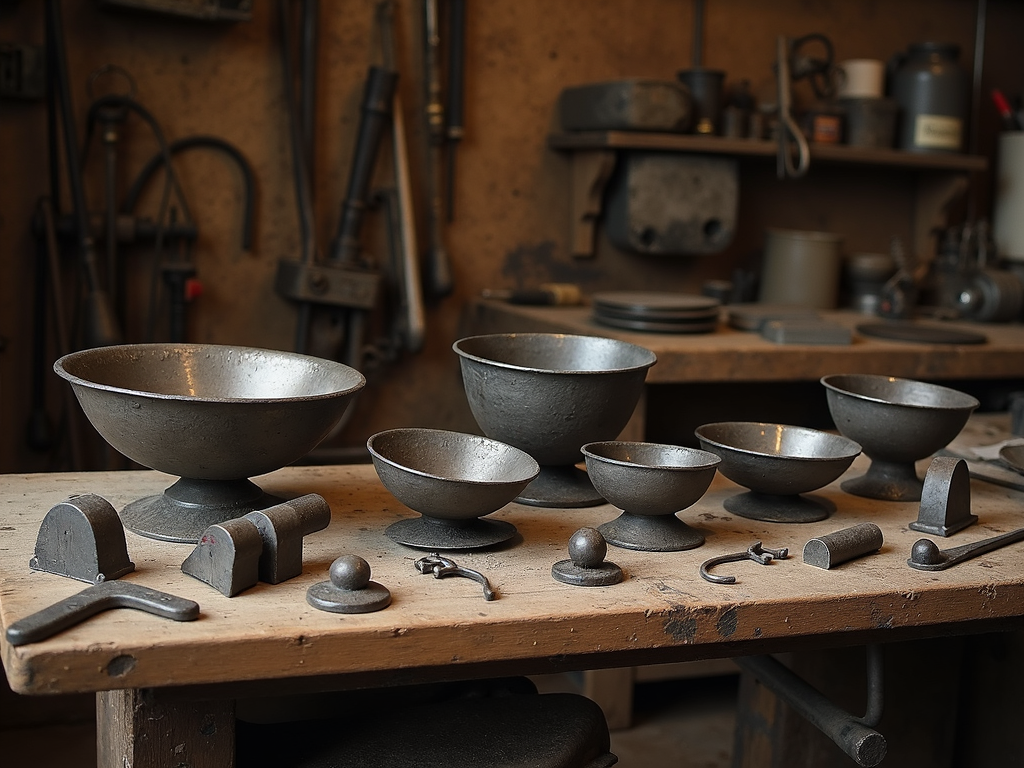
Bringing It All Together
Mastering metal forming is a journey. It’s about patience, practice, and picking the right tools. From hammering to welding, each skill builds on the last. Stick with it, and you’ll turn raw metal into something amazing. Keep learning, and don’t be afraid to mess up—that’s how you grow.
Related Mastering Metal Forming: Techniques and Tools:
- Advanced Toolbox Organization Ideas for Every Handyman
- Must-Have Workman Tools for Every Toolbox: A Comprehensive Guide
- Top 5 Electric Power Washers for Home Use
- A Beginner’s Guide to Essential Construction Tools
- Understanding Nuts and Bolts for Repairs: A Complete Guide
- Rotary Tool Accessories and Attachments: Unlock the Full Potential of Your Power Tool
- Essential Guide to Automotive Tool Care: Tips for Extending Tool Lifespan
- Top 10 DIY Projects Using Basic Tools
- Choosing Your First Power Tool
- Power Tools for Woodworking Enthusiasts
- Advanced Techniques for Power Tool Safety: A Comprehensive Guide
- Essential Worker Safety Tips for Construction Sites
